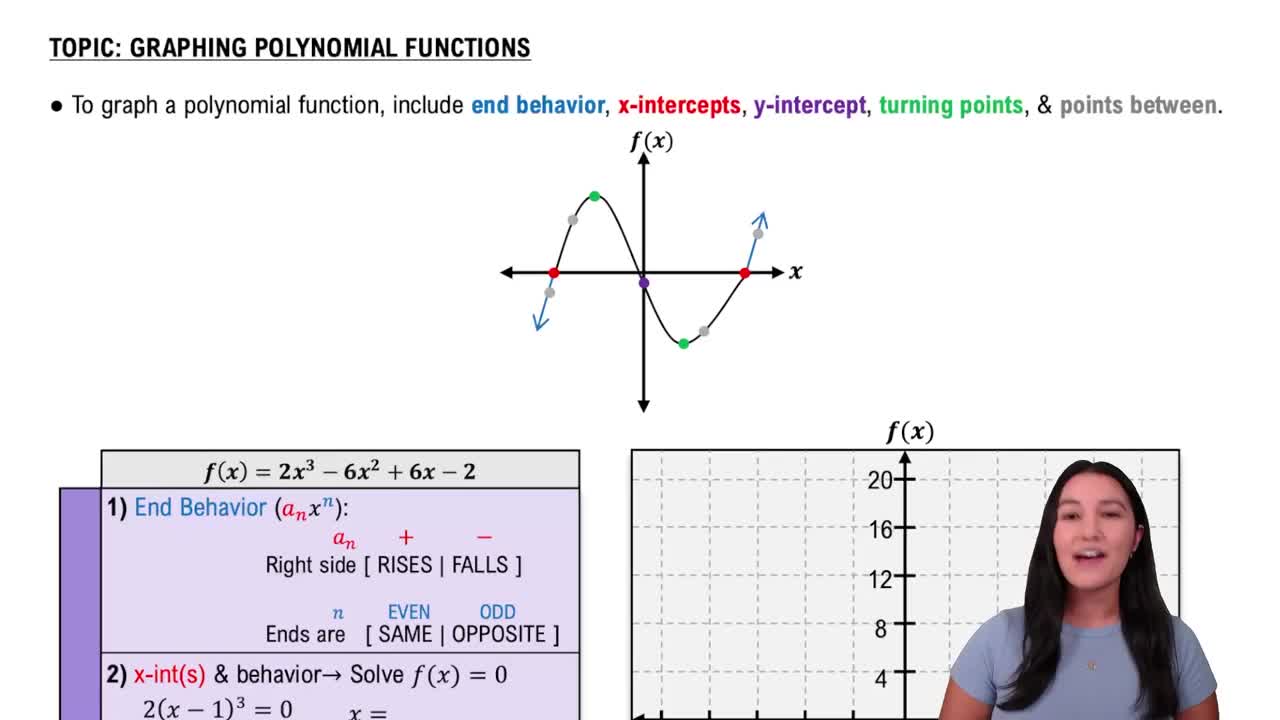Here are the essential concepts you must grasp in order to answer the question correctly.
Absolute Value
The absolute value of a number is its distance from zero on the number line, regardless of direction. It is denoted by vertical bars, such as |x|. For example, |3| = 3 and |-3| = 3. In the context of equations, |x| = a means x can be either a or -a, provided a is non-negative.
Recommended video:
Parabolas as Conic Sections Example 1
No Solution in Absolute Value Equations
An absolute value equation like |x| = -7 has no solution because the absolute value cannot be negative. The definition of absolute value ensures that it is always zero or positive, thus making it impossible for |x| to equal a negative number. This concept is crucial for understanding the limitations of absolute value equations.
Recommended video:
Categorizing Linear Equations
Graphing Absolute Value Functions
The graph of an absolute value function, such as y = |x|, forms a 'V' shape, opening upwards. The vertex of the graph is at the origin (0,0), and it reflects symmetrically across the y-axis. Understanding how to graph these functions helps visualize the solution sets of absolute value equations and inequalities.
Recommended video:
Graphing Polynomial Functions



